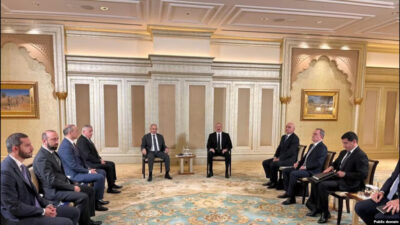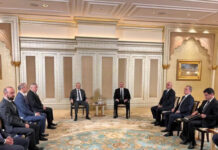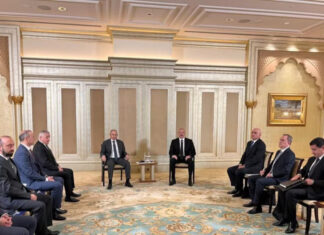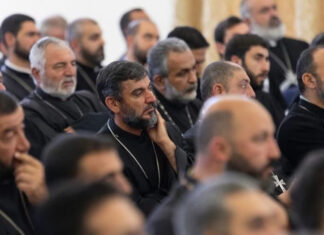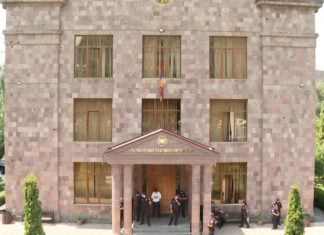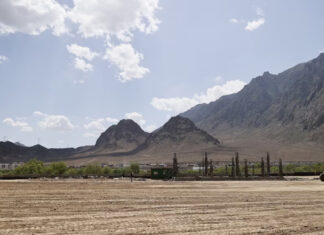PARIS — On Sunday, May 15, the Trappist monk Charles de Foucauld was canonized by Pope Francis. Explorer and geographer with a dissolute life, from a family of the old French nobility, he was born September 15, 1858 in Strasbourg. De Foucauld, author of a grammar and a French-Tuareg and Tuareg-French dictionary, former officer, was ordained a priest at the age of 43. He took to the road to go to Syria, then to Palestine, and settled later in Beni-Abbès in the Algerian Sahara. His quest for poverty, abnegation and penance led him to leave the Trappists to become a hermit in 1897.
He was assassinated by Senousi rebels. The Senousi is a Muslim religious brotherhood founded in Mecca in 1837 by the Great Senussi Sayyid Muhammad ibn Ali as-Senussi (1791–1859), which established itself in Libya, Chad, Algeria, Sudan, Niger and Egypt. The brotherhood fought the Italian and French presence and acceded to the throne in Libya.
In 1895, de Foucauld witnessed the persecutions and massacres perpetrated on the Armenian population, on the orders of the bloodthirsty Sultan Abdul Hamid II, without Europe moving to intervene. He wrote to his brother-in-law Raymond de Blic: “In the nearest town, ten leagues from here, the garrison killed 4,500 Christians in two days. The Europeans are protected: we even put a post of soldiers on our doorstep. What pain to be so well with those who cut the throats of our brothers! This is shameful for Europe!”
On November 20, 1895, he wrote to his cousin Madame de Bondic: “…there were horrors, a host of massacres, fires, looting. Many Christians have truly been martyrs because they died voluntarily, without defending themselves rather than denying their faith. There remains in this unhappy country a frightful misery. The winter is very harsh, I don’t know how these unfortunate people, whose houses have been burned and all their belongings taken, will manage not to die of hunger and cold. I am writing to beg you… By order of the Sultan, nearly 140,000 Christians have been massacred in recent months. In the town nearest to here, in Marache, the garrison killed 4,500 Christians in two days…”
On February 21, 1896, he wrote again to his cousin: “It is true that the world knew so little about what was going on here, the Turkish government having bought the press, having given enormous sums to certain newspapers, so as not to publish than the dispatches emanating from him. But governments know the whole truth through embassies and consulates. What chastisements of God are prepared by such ignominies!”
The Hamidian massacres claimed more than 250,000 innocent victims.
